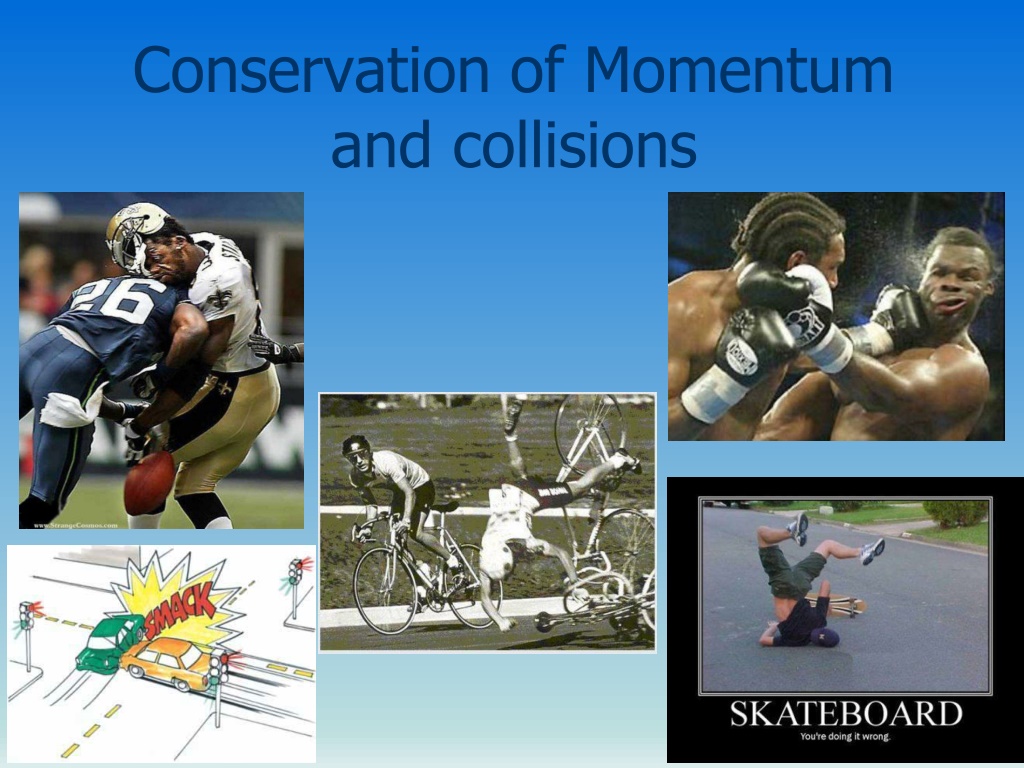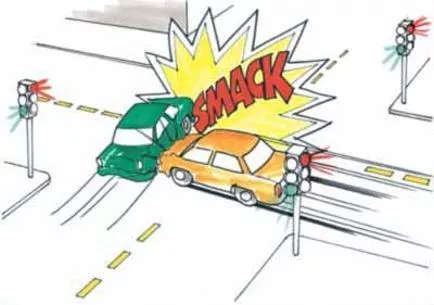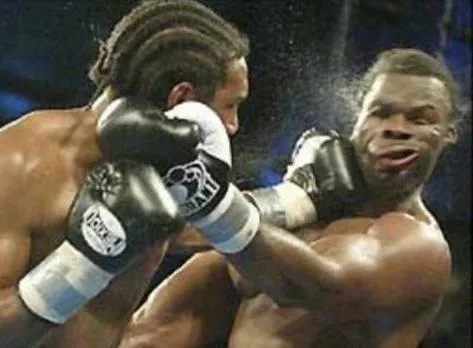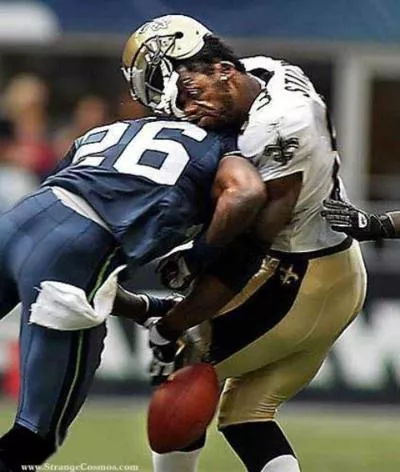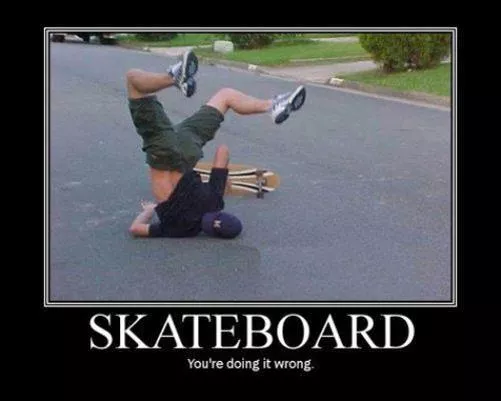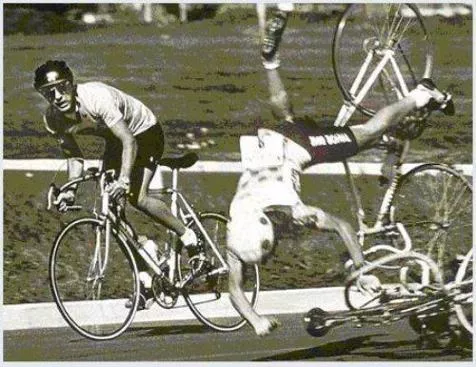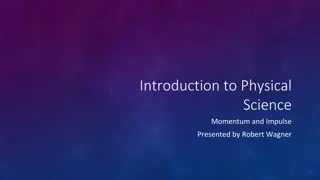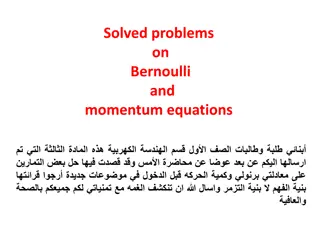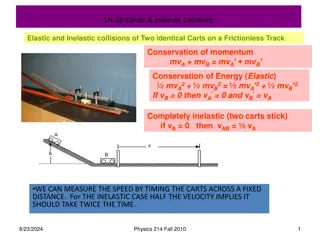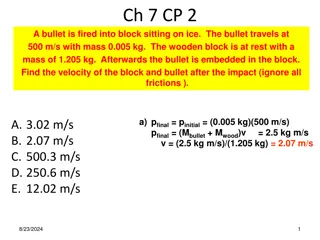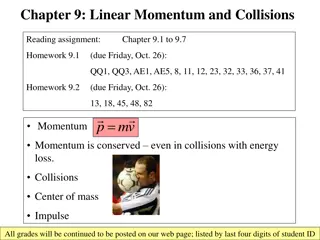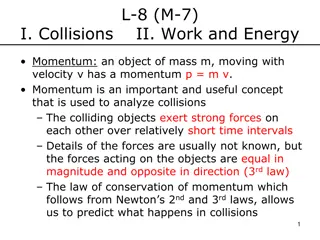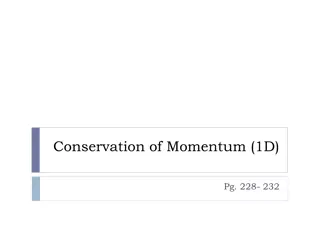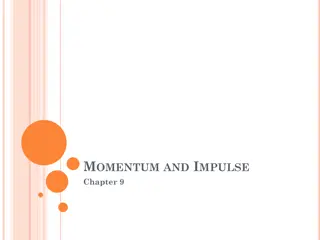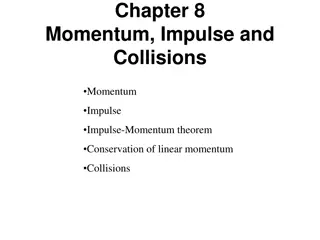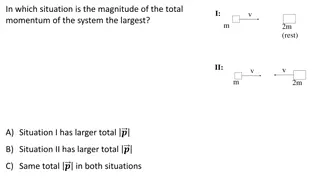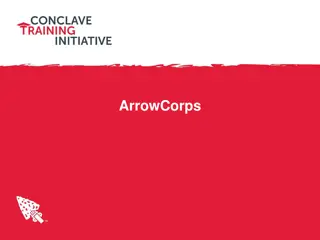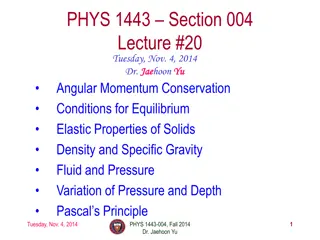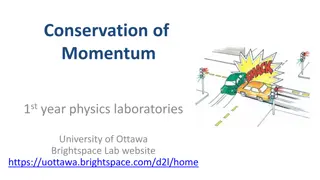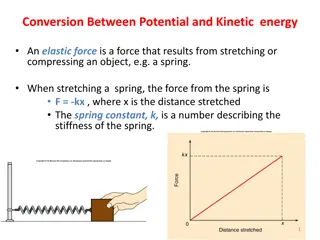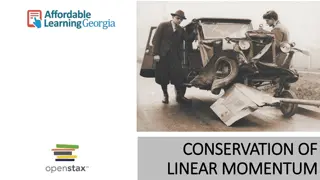Conservation of Momentum in Collisions
Fundamental principle of conservation of momentum in collisions. Explore how momentum remains constant before and after collisions, whether elastic or inelastic, through examples like gun recoil and freight car collisions. Unravel the relationship between external forces and momentum changes in dynamic systems.
Download Presentation

Please find below an Image/Link to download the presentation.
The content on the website is provided AS IS for your information and personal use only. It may not be sold, licensed, or shared on other websites without obtaining consent from the author.If you encounter any issues during the download, it is possible that the publisher has removed the file from their server.
You are allowed to download the files provided on this website for personal or commercial use, subject to the condition that they are used lawfully. All files are the property of their respective owners.
The content on the website is provided AS IS for your information and personal use only. It may not be sold, licensed, or shared on other websites without obtaining consent from the author.
E N D
Presentation Transcript
Conservation of Momentum and collisions
Law of Conservation of Momentum With no external force, momentum doesn t change It s the opposite of the impulse momentum relationship! Ft = mv
Example Consider a gun being fired. A gun recoils when it is fired. The recoil is the result of action-reaction force pairs. Newton s 3rdLaw As the gases from the gunpowder explosion expand, the gun pushes the bullet forwards and the bullet pushes the gun backwards. What is the recoil momentum of the gun? The same as the momentum of the gases and bullet it fires!
Why? The momentum gained by the bullet is equal and opposite to the momentum gained by the recoiling gun. They cancel each other out No momentum is gained, and no momentum is lost. They are within the same SYSTEM
COLLISIONS In any collision, we can say that Net momentum before collision=net momentum after collision
Elastic Collisions! Elastic collision Momentum is transferred from one object to another
Go big or go home!
Inelastic collisions! Inelastic Occurs when momentum is conserved but energy is not. Example: When objects stick together on impact
Example: A freight car is moving down a track when it collides with another parked freight car. They do not stick together so the second car gets bumped down the track. What is the final velocity of the second car?
General formula for elastic collisions: total pbefore= total pafter m1v1+ m2v2= m1v1+ m2v2
Adrean is loving this!! V=10 V=0 5 kg 5 kg V=?? V =0 5 kg 5 kg
Example A freight car moving along a track collides with another freight car at rest. If the freight cars are of equal mass (5 kg) and stick together by the collision, what is the velocity of the coupled cars after the impact?
General formula for inelastic collisions: total pbefore= total pafter m1v1+ m2v2= (m1 + m2)v2
Adrean is still loving it!! Woot woot!! V=10 V=0 5 kg 5 kg V=??
